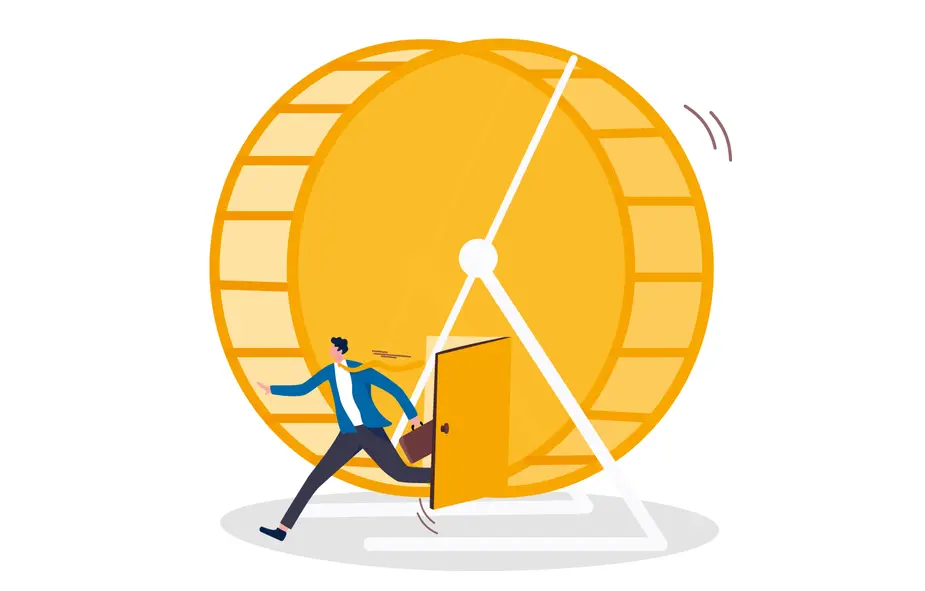Strategies against stress in work and traffic
Interview with Ralf Blank, project manager at the Adlershof Health Network
Countless workers commute day by day. We asked Ralf Blank, project manager at the Adlershof Health Network, what that means for the Technology Park—a place where 22,000 people work and rising—and how the insights gained during one-and-a-half years of pandemic can help counteract some of these developments.
What are the burdens on workers that commute between their place of living and their place of work every day?
We know that commuting is connected to mental, physical, and social burdens. According to “Mobility in the world of work”, a comprehensive study, there are five factors affecting people’s health, namely, the mode of travel, distance and duration of the commute, gender, and experiences made on the commute. If a car is used for longer than 50km, the health burden increases. Women feel the negative consequences more than men. The challenge of balancing personal and professional obligations, something commuting exacerbates, leads to a higher mental load and less time for social contacts. When looking at the mode of commuting, riding a bike or walking have positive effects on physical and mental health.
The Adlershof Health Network has conducted its own study on these matters. What insights have you gained?
Adlershof Barometer, a health analysis we conducted in 2019, has shown that the employees in Adlershof travel between 31 and 60 minutes one way every day. Almost 20 percent do so longer. At the same time, almost 60 percent perceive this as demanding. A sentiment that is twice as high as the reference value used by the survey.
Can you deduce recommendations for the Technology Park Adlershof?
Yes, we can. However, the problem was viewed more at a structural level. The amount of parking space and traffic routes is limited. Our team of experts in corporate health management recommends taking the management of stressors into your own hands: Driving outside of rush hour, flexible work hours, or resilience training are only a few approaches that we support with our offerings.
The coronavirus pandemic catapulted people into working-from-home. From your view, what are advantages and disadvantages?
A 2021 study from the Leibniz Centre for European Economic Research saw an ongoing trend towards working-from-home. It has many advantages. For one, there is the time-saving and the reduction in stress that comes from commuting. Other positive effects include making work more flexible in terms of time and location, making it easier to look after children and caring for family members, and accelerating the digital transformation, to name only a few. The “work-from-home push”, however, is connected to a diverse set of challenges for employers and employees alike. According to the expert team of Techniker Krankenkasse, the challenges for Adlershof’s corporate health management are “interested self-hazard, dissolving boundaries, a training demand among staff for time and self-management, an ergonomic home office, qualifying management for so-called leading at a distance, establishing virtual competence, social isolation, presenteeism.”
Could localised co-working spaces be a better alternative to the office at home?
This modern form of working with its flexible workspaces in predominantly large, open spaces was originally aimed at freelancers and the start-up scene. The social exchange that it enables, excellent infrastructure, and an attempt at better boundaries between professional and private life could turn it into a viable alternative to working-from-home.
Peggy Mory for POTENZIAL
